IN the past few days, there has been a new twist to the global trade war. The United States, which had threatened to impose a 25% additional tariff on European cars, made a deal with the European Union.
US President Donald Trump suspended the automobile tariff plan and may exempt the EU from the earlier US tariffs on aluminium and steel.
In exchange, the EU countries will buy more soybean and energy products from the US, and the two giants will work to eliminate tariffs and subsidies in all industrial products traded between them.
Trump and European Commission president Jean-Claude Juncker also agreed to work to reform the World Trade Organisation (WTO), and to tackle China’s market abuse, according to a Reuters report.
“If it holds, the US-EU pact could allow both to focus on China, whose economic rise threatens both,” added the report.
Trump’s economic advisor Larry Kudlow said that, “US and EU will be allied in the fight against China, which has broken the world trading system, in effect”.
Thus, the US-EU deal appears to be both good and bad news. Good because there is a cooling off on one front of the global trade war. Bad because the traditional Western allies may gang up to attack not only China but also the rest of the developing countries.
The US and EU may now jointly pressurise China on various issues. A bigger aim is to hinder China from its Made in China 2025 plan to upgrade its domestic industry in 10 high-tech areas including robotics, autonomous and electric cars, artificial intelligence, biotech and aviation. They do not want Chinese firms to emerge as world-class champions that rival American and European companies.
The US, EU and Japan last December signed an understanding to jointly act against China on trade issues, including steel overcapacity, technology transfer, and the role of subsidies, state financing and state-owned enterprises.
Over the years, the EU has turned to some developing countries as potential allies when it has a conflict with the US but eventually it strikes a deal with the US and then the two Western powers unite and take aim at the developing countries.
This famously happened in the early 2001-2003, when the EU fought the US in the WTO over agriculture subsidies. Then they reached an understanding to protect their own subsidies while pressurising developing countries to open up their agricultural markets.
Today, developed countries continue to spend many hundreds of billions of dollars in subsidies, as well as maintain high tariffs, to keep their farms in business.
The US and EU also flood the world market with their artificially cheapened farm goods, while insisting that developing and poor countries open their markets through lower tariffs for both agricultural and industrial products. This hypocritical practice is at the heart of the imbalances and inequities of the world trading system.
Now, as part of their deal, the US and EU seem to want to continue maintaining double standards. They agreed to cut industrial tariffs and subsidies to zero, but to leave alone their agriculture tariffs and subsidies.
Moreover, they agreed to work on reforming the WTO, without spelling out what this means. At the WTO, the US and EU have recently moved to change the way the system has differentiated between developed and developing countries.
Recognising the weaknesses of developing countries, the WTO long ago adopted the principle of special and differential treatment (SDT) for developing countries.
Under this principle, in talks to cut tariffs, developed countries have to cut by a higher percentage than developing countries, and the least developed countries (LDCs) need not reduce tariffs at all. In various rules, developing countries and especially LDCs are mandated to take on less obligations.
However, the developed countries are now challenging the SDT principle.
“Developing and least-developed countries are facing the worst crisis yet at the WTO due to the sustained assault by the US along with the EU and Japan,” according Ravi Kanth in the Geneva-based South-North Development Monitor (SUNS) on July 4.
“Using Trump’s aggressive trade demands as a pretext, some major developed countries such as the EU and Japan have been attempting to deny the SDT flexibilities to developing countries,” SUNS added, quoting a trade envoy from a major developing country.
“The entire system of the WTO is under threat following the Trump administration’s trade initiatives based on reciprocal market access as well as the attempt to foist plurilateral outcomes without multilateral consensus, and intensified moves to undermine the SDT flexibilities by industrialised countries, particularly the EU.”
Meanwhile, the US actions of unilaterally raising tariffs on aluminium and steel, and on US$250bil (RM1 trillion) of Chinese products, violate the WTO’s main principles, threatening the creditability and viability of the organisation itself.
But Trump is not worried or sorry at all. At the beginning of July, he said: “The WTO has treated the United States very badly and I hope they change their ways. They have been treating us very badly for many years, many years and that’s why we were at a big disadvantage with the WTO.”
Said the SUNS article, “In short, the developing and least-developed countries face the prospect of their hard won SDT flexibilities being taken away once and for all to ensure the US stayed at the WTO.”
When the US and EU were locked in a big conflict over auto tariffs, the main enemy of the EU, China and other countries would have been the US.
Now the EU and US have agreed to “reform the WTO” as part of their bilateral deal. It is likely that such an initiative would attempt to reduce the rights of the developing countries, and even to entirely remove the principle of special treatment or even the status of “developing countries” in the WTO.
The trade war could thus have huge collateral damage. All the more reason for the developing countries’ political leaders to pay close attention to what is happening in the trade negotiating and policy-making arena.
Global Trend by Martin Khor
Martin Khor is advisor of the Third World Network. The views expressed here are entirely his own.
Related posts:







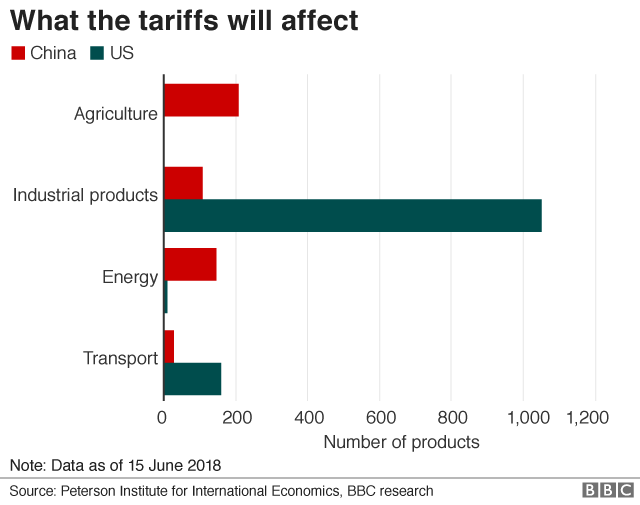
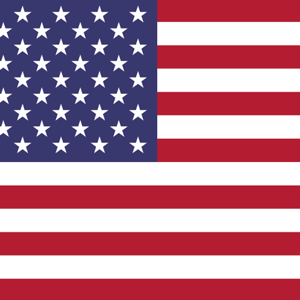
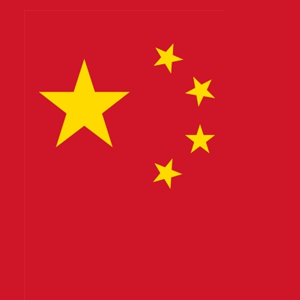
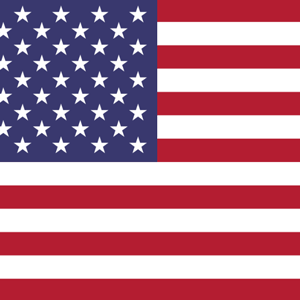
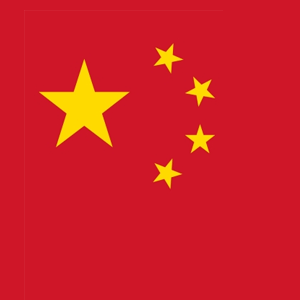
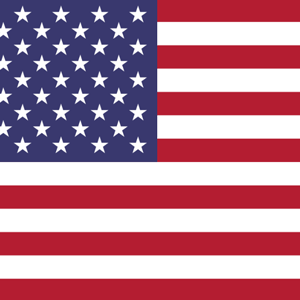
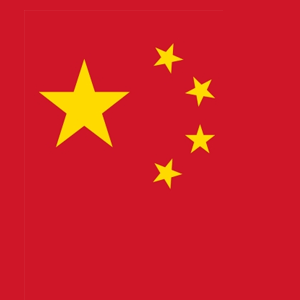
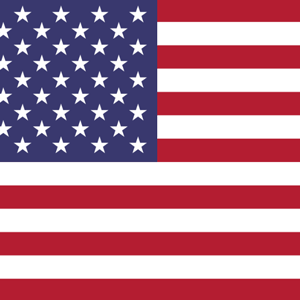
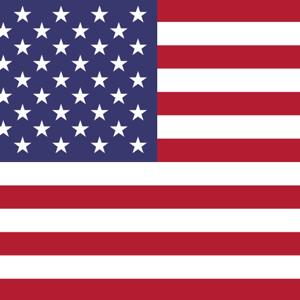
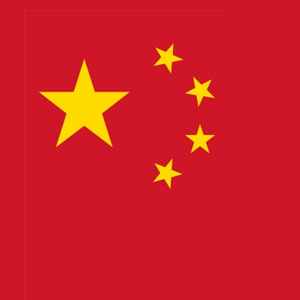














 Globalization Of Trade Without Globalization Of Law Results In Plutocratization. This Is Exactly What Happened To The Roman Republic, & Why It Faltered
Globalization Of Trade Without Globalization Of Law Results In Plutocratization. This Is Exactly What Happened To The Roman Republic, & Why It Faltered






